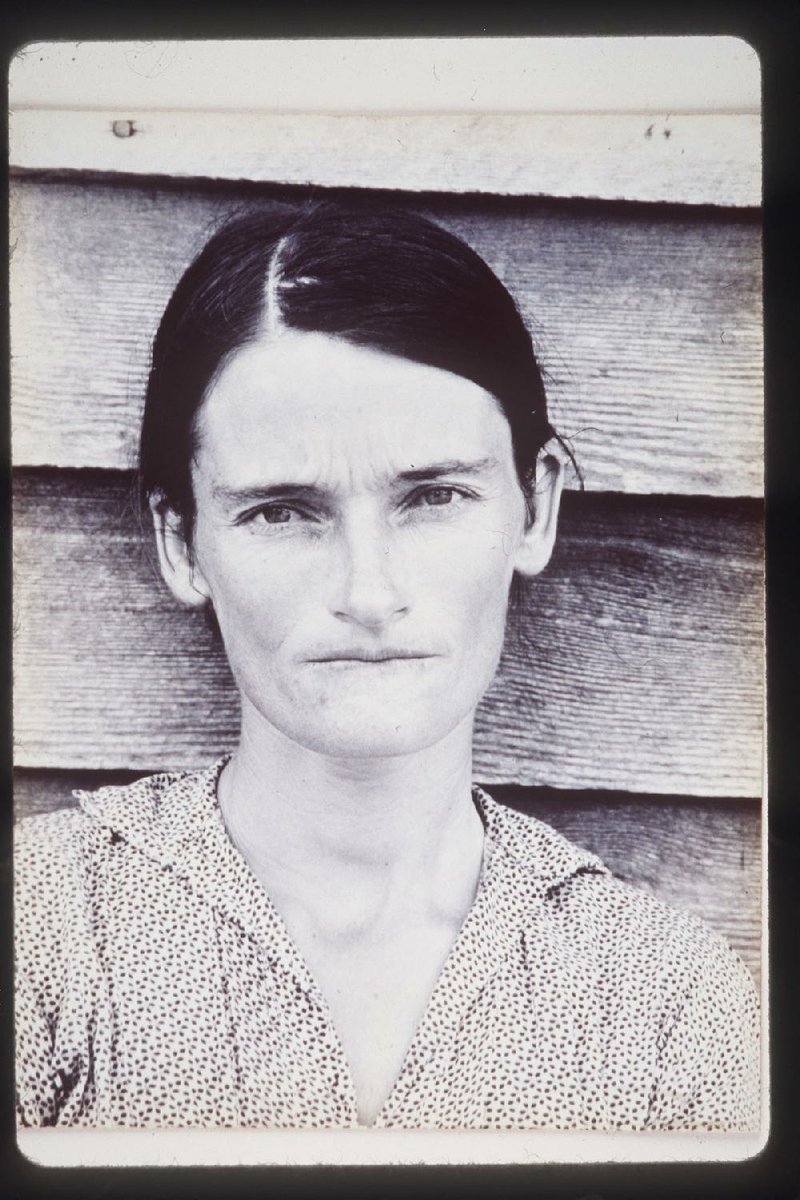SAN FRANCISCO -- Roadside shacks, garbage, circus wagons, subway riders and other ordinary folk: All were favorite subjects of Walker Evans, one of the 20th century's pre-eminent photographers.
Those images are among 400 of Evans' prints, paintings and personal items at a new exhibition at the San Francisco Museum of Modern Art. "Walker Evans," the exhibition, views his work through the lens of one of his obsessions -- the American vernacular, or the language of everyday life found in roadside attractions, postcards, storefronts, and signs across the country.
Called the quintessential American photographer by museum director Neal Benezra, Evans influenced many others including Diane Arbus, Robert Frank and Lee Friedlander.
The exhibit was conceived as a 50-year retrospective highlighting the photographer's fascination with popular culture as a celebration of the beauty in everyday life.
The show includes signs and postcards from his extensive personal collection. To Evans, collecting was as important as photographing. A large photograph of his living room shows how he displayed signs as paintings above his fireplace.
He was most recognized for his Depression-era work using an 8-by-10-inch view camera. Later he used a 35 mm and a Rolleiflex, and toward the end of his career, a Polaroid SX-70 camera.
Walker's iconic images of the Great Depression and his post-World War II photo essays depicting shop window displays, urban architecture, and junked automobiles defined a new documentary style that continues to influence generations of artists.
His most famous photo, shot in 1936, was of Allie Mae Burroughs, wife of a cotton sharecropper in Alabama. Evans made four 8-by-10-inch exposures of Burroughs, the most famous showing her deepest sadness. The exhibit includes another version showing her smiling, along with Burroughs' recollections of Evans' visit with writer James Agee.
On the website of The Metropolitan Museum of Art, the photographer is celebrated as having "recorded the American scene with the nuance of a poet and the precision of a surgeon, creating an encyclopedic visual catalog of modern America in the making."
Evans, born in 1903 in St. Louis, studied in France and made his way to New York in the 1920s. Well-educated, he started as a writer but turned to photography, landing his first major exhibition in 1938 and building a 20-year relationship with Fortune magazine. He died in 1975.
The show debuted at the Centre Pompidou in Paris. San Francisco is its sole U.S. venue, on view through Feb. 4.
Evans "deserved a large show to really explain the depth of his work," said Clement Cheroux, the museum's senior curator of photography. "Through his photos, he was trying to define what is the American vernacular. He was a proto pop artist."
IF YOU GO
"Walker Evans," through Feb. 4. San Francisco Museum of Modern Art, 151 Third St., San Francisco. Hours: 10 a.m.-5 p.m. Friday--Tuesday, 10 a.m.-9 p.m. Thursday. Closed Wednesday. Admission: $19-$25 (children, teens free); (415) 357-4000, sfmoma.org
Travel on 11/05/2017
